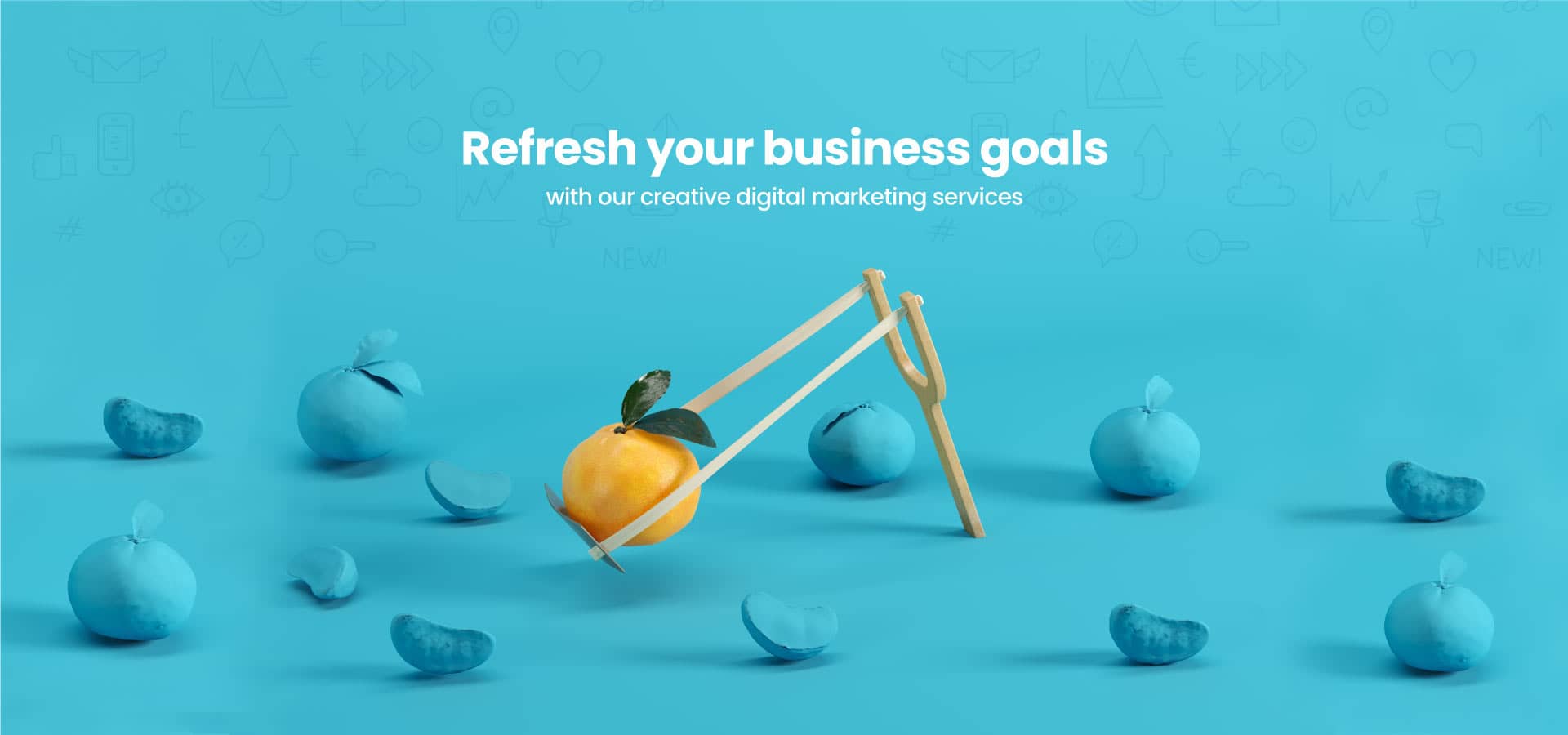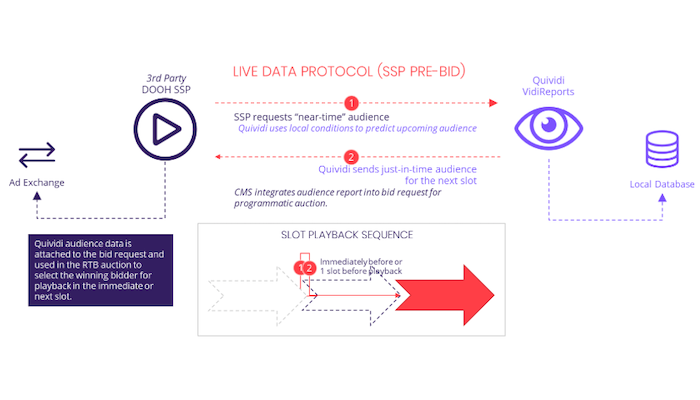
If you've ever wondered whether email marketing is better than social media marketing, read on. In this article, we'll discuss the differences between the two marketing platforms, including the difference between social media and email, the differences between social media and paid content, and why Email is more task-oriented. This article will also talk about the differences between organic content and paid content in social media. This article will let you know how to select the best approach to your marketing campaign.
Email marketing proves to be more effective than any social media marketing
Email wins in sales conversions. Although the audience for social media posts is larger, email marketing's targeted audience has a higher likelihood of purchasing your products and services. Although social media may have a wider reach, it's not ideal for maximising ROI. These are just a few of the reasons that email is better than social media when promoting your business.
Consumers are looking for more personal relationships with companies and brands. People want to develop real relationships and trust brands and companies. This is why social media requires users to scroll through their feeds to find relevant content. In contrast, email is delivered directly to the user's inbox. Email has the same chance as a friend and family member to reach readers. This means that email is better at converting your subscribers into paying customers.
Email has a greater user base
Social media platforms like Facebook are huge, but they have limited reach. Emails reach more people organically than social media, and new addresses are not as easily found through social media algorithms. Thus, email is more popular than social media. You might wonder why you would want to use email for business promotion. Let's compare the benefits and drawbacks.
While social media marketing is a popular way to reach a large audience, email is the most efficient tool for reaching multiple leads. Many email subscribers are likely to forward marketing emails to their friends and family, which means you get a wider audience than you would with social media marketing. In fact, a study by Adobe showed that the average millennial uses email for 6.4 hours a day, and nearly four-fifths of them check their inbox before and after work.
Email is more task-oriented

When it comes to email, there are some key differences. One difference is that most people check their email first thing in the AM. They are less likely get distracted by competing messages. People who have been added to a mailing list are more likely take action after receiving an email. It's why it is important to tailor your message for their specific needs. You can customize the design and contents of your message.
Personalization is an important aspect of both forms of marketing. Email marketing can be personalized to include the name of the recipient, which is not possible with social media. This personalization helps to drive higher open and click-through rates as well as conversions. Personalization in email marketing is easier than on social media. Facebook posts, for instance, rarely address users individually. Email can help you reach your target audience and make people feel special.
Paid vs organic vs social media content
How you plan to reach your target audiences will affect whether you choose organic or paid content. Organic content is made for your followers and can be shared at no cost. By contrast, paid content costs you money but has a wider reach beyond your followers. When determining whether to use paid or organic content, consider how much time and money you can devote to each. Both options have their benefits, and they complement each other.

Although organic content is free to publish, it is not guaranteed that it will reach your target audience. Paid content can be targeted at your target audience and is the best choice if your goal is to grow your business quickly. On each platform, you can find both organic and paid content. Select the one that best suits your needs and decide how to best reach your target market. A content strategy can help you determine which social media platforms are most effective for your target audience.
FAQ
What are the basics of backlinks?
Backlinks are hyperlinks that point to a webpage through another website. Search engines use them to find a webpage in search results. They are particularly helpful as they demonstrate that someone else believes that your content has value. If you want to rank highly in search results, you'll need many quality backlinks.
Google Adwords - Can I Increase Sales?
Google AdWords can be used by advertisers to promote products and services online. Users click on sponsored advertisements to visit the websites associated with them. This can help businesses generate sales leads.
How long does SEO take you to build traffic?
The average time it takes to generate traffic via SEO is 3-4 months. It depends on many variables.
-
Quality of your site (content)
-
Backlinks
-
Targeted keywords
-
Competitor rankings etc.
If you're new to SEO and want to generate some quick results, try using SEMrush for a free trial. They offer a powerful platform that will let you monitor all aspects your SEO campaign. This includes competitor research, backlink profile analysis, top pages, local listings and organic traffic stats.
What is a PPC advertising?
Pay-per-click advertisements are text-based ads that appear at either the top or bottom page.
These ads are highly targeted and advertisers pay only when someone clicks them.
PPC advertising is very similar in concept to Pay Per Call advertising. We'll talk more about this later.
Statistics
- 93%of online experiences today begin on search engines. (marketinginsidergroup.com)
- Deleting those 10k pages is one of the main reasons that he improved his site's organic traffic by nearly 90%: (backlinko.com)
- And 90%+ of these backlinks cite a specific stat from my post: (backlinko.com)
- Sean isn't alone… Blogger James Pearson recently axed hundreds of blog posts from his site… and his organic traffic increased by 30%: (backlinko.com)
- A 62.60% organic traffic boost to that page: (backlinko.com)
External Links
How To
How do you set up your first blog?
It's simple! WordPress is a great tool to create a blog. You can edit the appearance of your blog by creating themes, changing fonts, colors, or customizing it. You can also use plugins to change the appearance of your website based on visitor activity.
WordPress.org offers many templates for free and premium templates that are more expensive. Premium templates have additional features, such as more pages, extra plugins and enhanced security.
After you have downloaded the template, you will need to sign up to a free hosting account to upload your files to your blog and manage it. Many hosting companies offer free accounts. However there are limitations to how much space you can have, how many domains your site can host, and how often you can send emails.
If you plan to use more domain names, you will also need to purchase separate email addresses. Some hosts charge a monthly subscription fee.
You might be new to blogging and wonder why it is worth paying to have your blog hosted online. Most hosts offer unlimited storage space, meaning your files won't be deleted even if you accidentally delete them.
Hosting providers often allow multiple domain hosting, so you can have many sites from the same package. You don't need multiple email addresses and can manage all your sites through the one interface.
Some hosts include social media sharing icons on their dashboards. This allows visitors share posts easily across the internet.
You can usually manage your blog through the tools offered by hosting providers. You can check your site's performance statistics, see how many visitors each post has received and compare your traffic to similar blogs.
These tools will make managing your blog much easier and more efficient. It's worth looking at before you decide on a hosting plan.
To sum up:
-
Pick a topic that's relevant to you business.
-
Create engaging content;
-
Optimize your site using SEO techniques;
-
Promote your site using social media channels;
-
To make necessary changes, keep an eye on your statistics.
-
Remember to update your blog regularly.
The bottom line is to create great content, promote it effectively and measure its success.